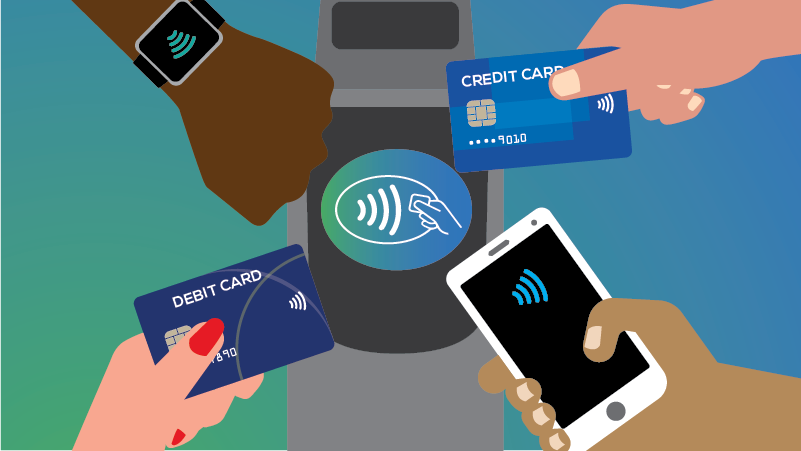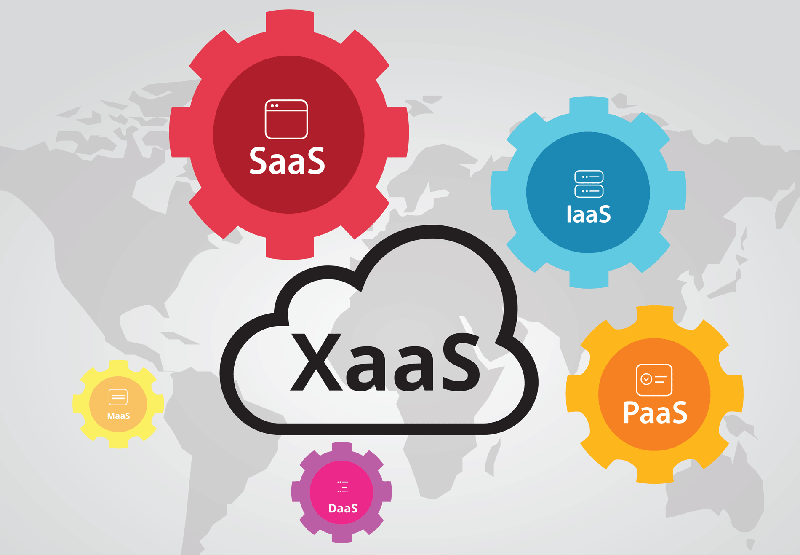Not only has the shopping process itself changed during the pandemic, but also the way of payment. Contactless payments have been on the rise for a few years, but since the outbreak of COVID-19 contactless payments have grown twice as fast as non-contactless payments. As the Executive VP of Mastercard states; ‘Social distancing does not just concern people’s interations with each other; it includes contact with publicly shared devices like point of sale terminals and checkout counters’. The two most important drivers for this change are safety and cleanliness, which are clearly even more important than ever. During the first quarter of 2020, during the outbreak of COVID-19, Mastercard reported a 40% growth in contactless payments, because of the fear of transferring COVID-19 through cash or touching devices. Also three quarters of consumers make at least one contactless payment a week during the pandemic and the prediction is that this will not change even after the pandemic is over, with 74% of the respondents saying that they will keep using contactless payments.
Clearly most people now know how contactless payment works, but what technologies are behind this innovation? These technologies are radio frequency identification (RFID) and near-field communication (NFC), which use transponders and radio waves to enable communication between devices and systems. The RFID technology is used between a powered reader and an unpowered tag, while the NFC technology is used between two powered devices, for instance when a payment is done by holding your smartphone against a payment terminal. Currently Google Pay, Apple Pay and Samsung Pay are big players in the contactless payment industry.
A few benefits of contactless payment, such as safety and cleanliness, have already shortly been discussed, however these are not the only benefits. Convenience is also one of the key factors driving the growth of contactless payment as it speeds up the checkout process, which is an advantage for both the customer as the business. Also less mistakes are made, as contactless payment is mostly an automated process, so it is less likelly for human errors to be made. Governements of various countries have recognised these benefits and raised the limit for contactless payment since COVID-19 which boosted growth even more.
Sources:
https://www.mastercard.com/news/press/press-releases/2020/april/mastercard-study-shows-consumers-globally-make-the-move-to-contactless-payments-for-everyday-purchases-seeking-touch-free-payment-experiences/
https://www.forbes.com/sites/forbestechcouncil/2020/10/21/contactless-payment-solutions-why-and-how-to-adopt-them-in-a-post-covid-19-economy/?sh=32b3f3b24fbf
https://www.cnbc.com/2020/04/29/mastercard-sees-40percent-jump-in-contactless-payments-due-to-coronavirus.html
How contactless payments are driving digital payment services in times of COVID-19


